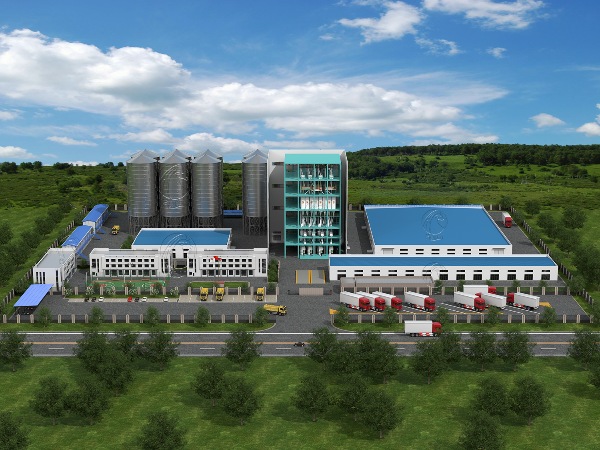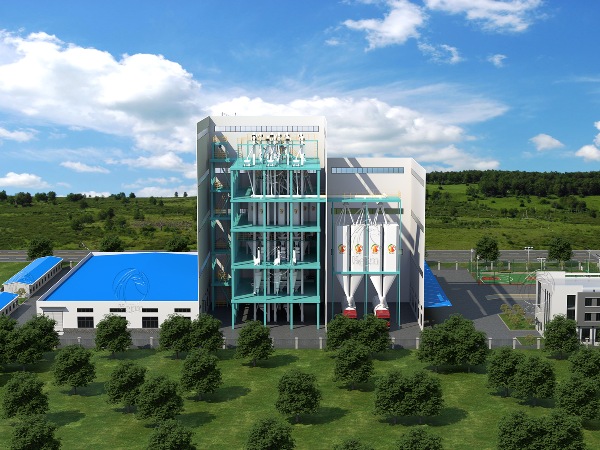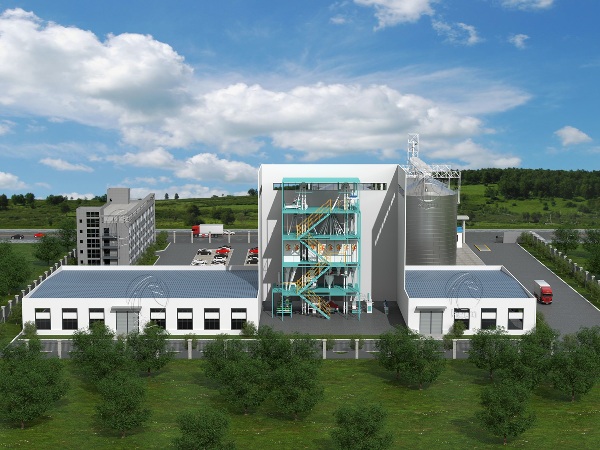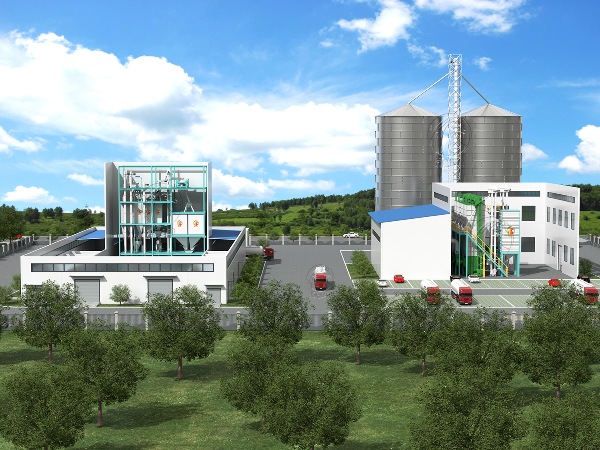Ethiopia’s Animal Feed Market in 2024: Growth, Trends, and Opportunities for the Future
Ethiopia Animal Feed Market Analysis 2024: Trends, Challenges, and Opportunities
With its immense agricultural potential, Ethiopia is one of Africa's fastest-growing economies. Agriculture, particularly livestock farming, is dominant in the country’s economic growth. The animal feed market in Ethiopia is a vital component of this expansion, driven by a growing demand for high-quality animal products, including meat, milk, and eggs. This article comprehensively analyzes the 2024 Ethiopian animal feed market, exploring the current trends, challenges, opportunities, and prospects.
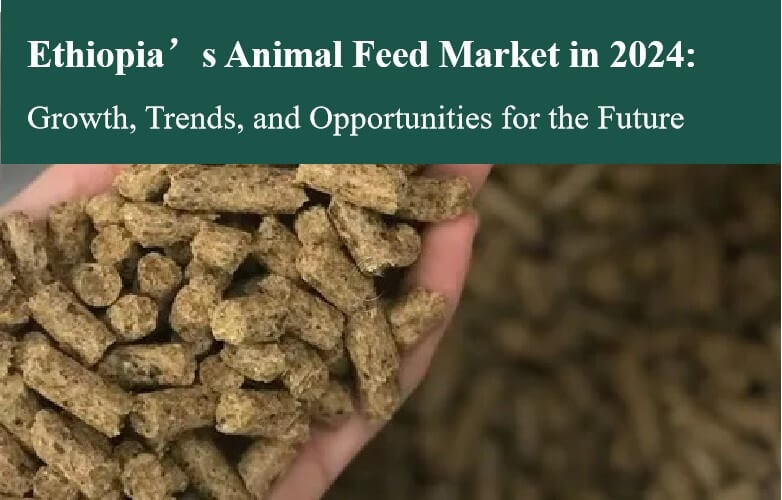
Market Overview
With a population of over 120 million people, Ethiopia’s livestock sector is one of the largest in Africa, featuring cattle, sheep, goats, poultry, and camels. However, livestock productivity remains low, largely due to inadequate nutrition, poor management practices, and limited access to high-quality animal feed.
The animal feed industry in Ethiopia is experiencing significant growth, fueled by increased investments in agriculture and the expansion of commercial farming operations. The market is divided into two primary segments:
- Compound feeds: Pre-formulated feed blends for specific animal species
- Raw materials: Ingredients such as grains, oilseeds, and by-products used in local feed production
Key Trends in the Animal Feed Market
1. Growing Demand for High-Quality Feed
As Ethiopia’s livestock industry continues to grow, the need for high-quality animal feed is also rising. A growing middle class is driving consumer demand for better-quality meat, milk, and eggs, pushing farmers to invest in superior feed to improve productivity and meet consumer expectations.
2. Shift Toward Commercial Feed Production
Historically, Ethiopian farmers have relied on locally sourced feed ingredients. However, the increasing demand for higher-yielding livestock is encouraging a shift toward commercial feed production. Manufacturers are catering to specific nutritional needs, offering feeds for poultry, dairy cows, fattening cattle, and aquaculture.
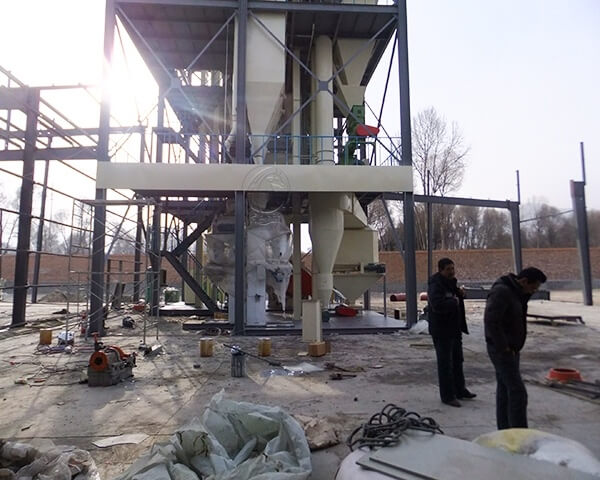
3. Technological Advancements in Feed Production
The animal feed sector in Ethiopia is benefiting from advancements in feed processing technology. Modern milling equipment enhances feed formulation and production efficiency, which improves feed quality. Additionally, increasing awareness of sustainable farming practices is driving demand for eco-friendly, antibiotic-free, and additive-free animal feeds.
4. Growth of Poultry Feed Segment
The poultry feed segment is one of the fastest-growing sectors in Ethiopia’s animal feed market. Rising domestic consumption and export opportunities for poultry products (eggs and chicken meat) are driving this growth. Following poultry, dairy and beef cattle feeds are also experiencing growth in demand.
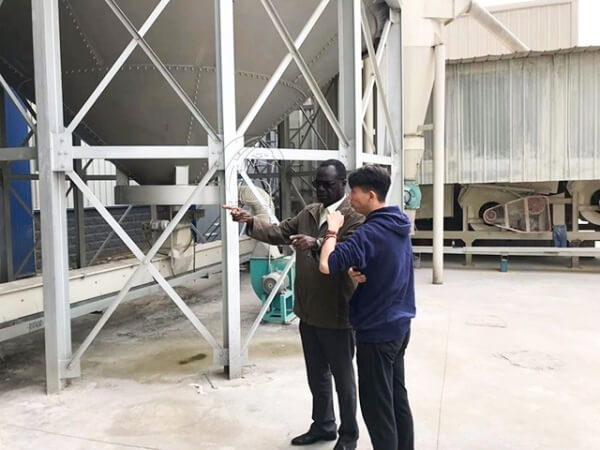
Key Drivers of the Market
1. Population Growth
Ethiopia’s large and rapidly growing population is fueling the demand for animal-based products. With increasing urbanization, the demand for meat and dairy products is rising, directly contributing to the growth of the animal feed market.
2. Government Support and Policies
The Ethiopian government has been proactive in supporting the agricultural sector, particularly livestock farming. Initiatives like subsidies for farmers and feed mill development support have helped boost the animal feed market. Moreover, the government is working to enhance feed production efficiency and distribution networks.
3. Improved Infrastructure and Logistics
Recent infrastructure improvements, including roads and transport systems, have made it easier to distribute animal feed across Ethiopia. These improvements have increased accessibility, particularly for smallholder farmers, who make up a significant portion of the agricultural landscape.
4. Rise of Commercial Farms and Agro-Enterprises
The expansion of commercial farms and agro-processing enterprises is driving the demand for higher-quality animal feed. These businesses are also playing a role in pushing forward innovation and modernization in the sector, contributing to a more sustainable and efficient feed industry.
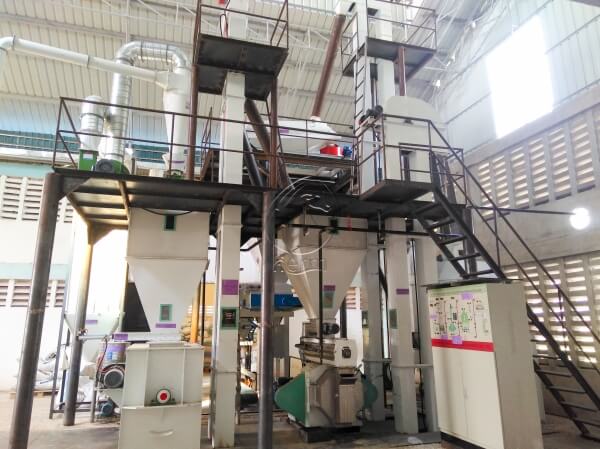
Challenges in the Animal Feed Market
1. High Raw Material Costs
One of the primary challenges facing the animal feed sector in Ethiopia is the high cost of raw materials. Ethiopia’s reliance on imported ingredients like soybeans, maize, and wheat bran makes feed production expensive. Volatility in global commodity prices further exacerbates this issue, making it difficult for feed manufacturers to keep costs affordable for local farmers.
2. Quality Control Issues
While commercial feed production is increasing, there are concerns about the quality control of some locally produced feeds. Inconsistent quality in some feed mills can lead to undernourished livestock, reducing their productivity and limiting the potential of Ethiopia's livestock sector.
3. Limited Awareness of Proper Nutrition
Many smallholder farmers in Ethiopia lack awareness of proper animal nutrition, which affects the efficiency of feed utilization. Addressing this knowledge gap through educational programs and extension services is essential for improving feed efficiency and overall livestock productivity.
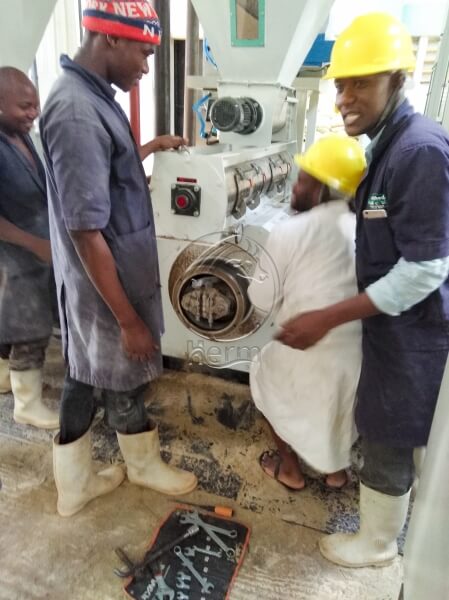
Opportunities in the Market
1. Expansion of Local Feed Production
There is a substantial opportunity for local feed manufacturers to expand and capture a larger market share. By investing in advanced feed production technologies, local feed mills can reduce production costs, improve feed quality, and meet the rising demand for animal feed.
2. Investment in Feed Ingredient Production
Investing in local production of feed ingredients, such as maize, soybeans, and oilseeds, can help reduce dependence on imports and lower feed production costs. This opens up opportunities for agribusinesses to engage in vertical integration by growing their feed ingredients.
3. Increasing Demand for Sustainable Feed
As global awareness of sustainability grows, there is an opportunity for Ethiopian feed producers to meet this demand by offering organic and sustainable feed products. This could appeal to both local and international markets, especially as Ethiopia looks to expand its livestock product exports.
The Ethiopian animal feed market in 2024 presents exciting growth opportunities, driven by the expansion of the livestock sector, government policies, and the rising demand for high-quality animal products. However, challenges such as high raw material costs, quality control issues, and limited nutrition awareness must be addressed to fully unlock the market's potential. With continued investment in infrastructure, technology, and education, the Ethiopian animal feed industry is poised for sustained growth and development.
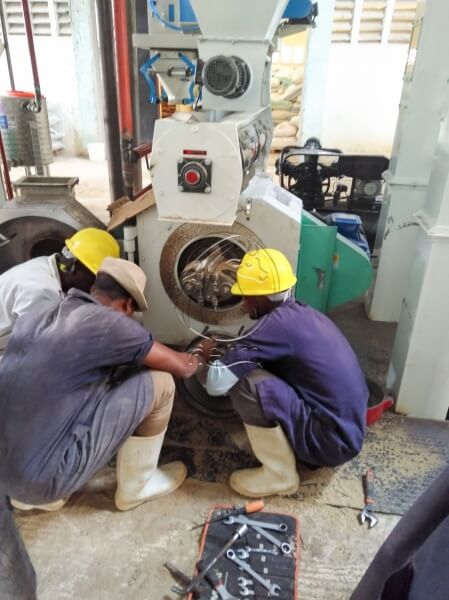
Henan Herm Machinery Co., Ltd was established in 2010 and has been devoted to the research and development of Feed Mill Machinery ever since. With more than 10 years of experience, Herm® has become a leading manufacturer and supplier of animal feed machines and complete animal feed production lines, cattle feed plants, poultry feed plants, animal feed pellet production lines, etc. It always endeavored to improve the quality of products and aims to meet the new requirements of the international market.
If You Are Ready to Start a Feed Pellet Plant Business, please contact us for the feed mill machine. We Can Provide Professional Design and Comprehensive Guidance According to Your Needs. Get in touch with us now!
Welcome Contact Us!
Henan Herm Machinery Co., Ltd
Email: info@hermmachinery.com
Phone/Whatsapp: 0086-18037508651


